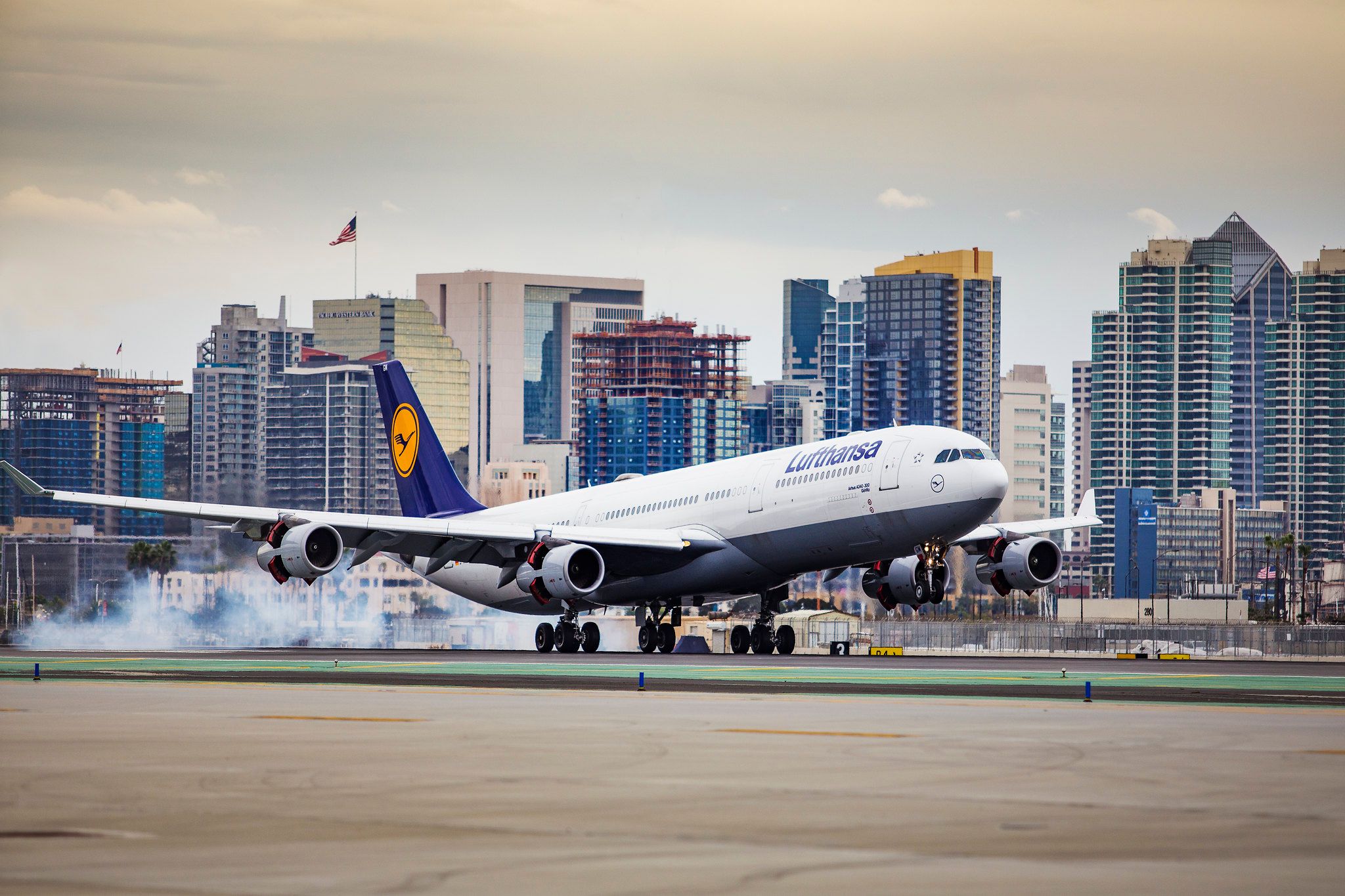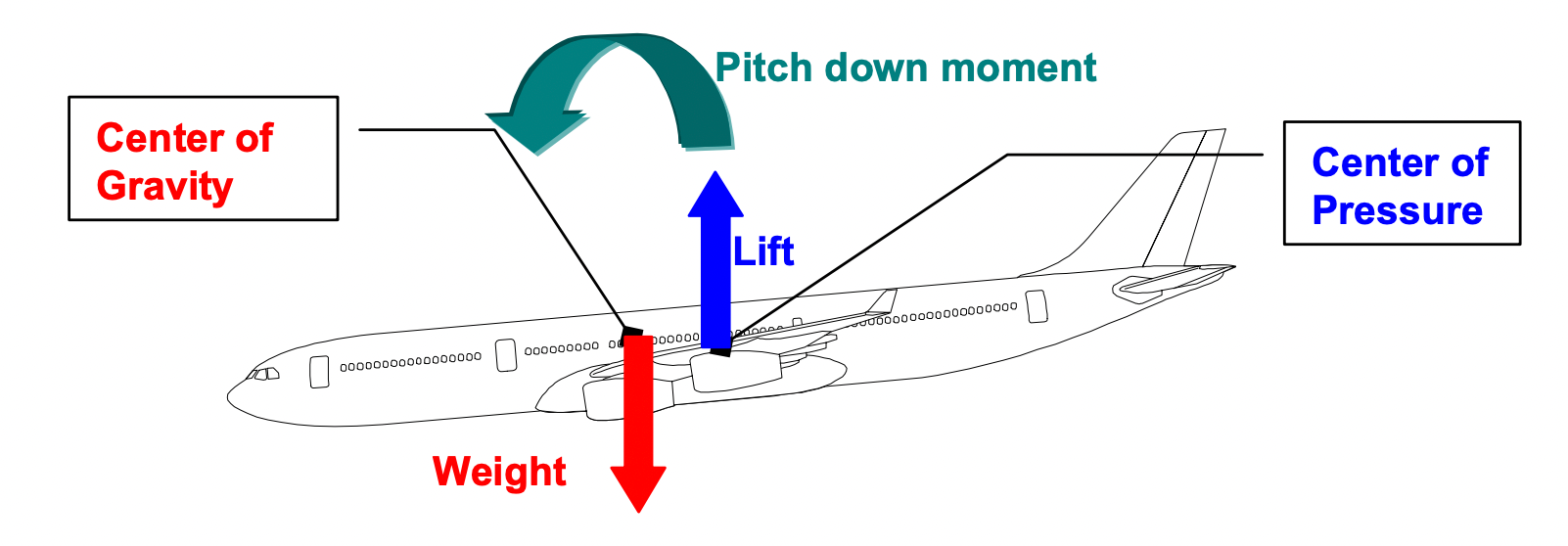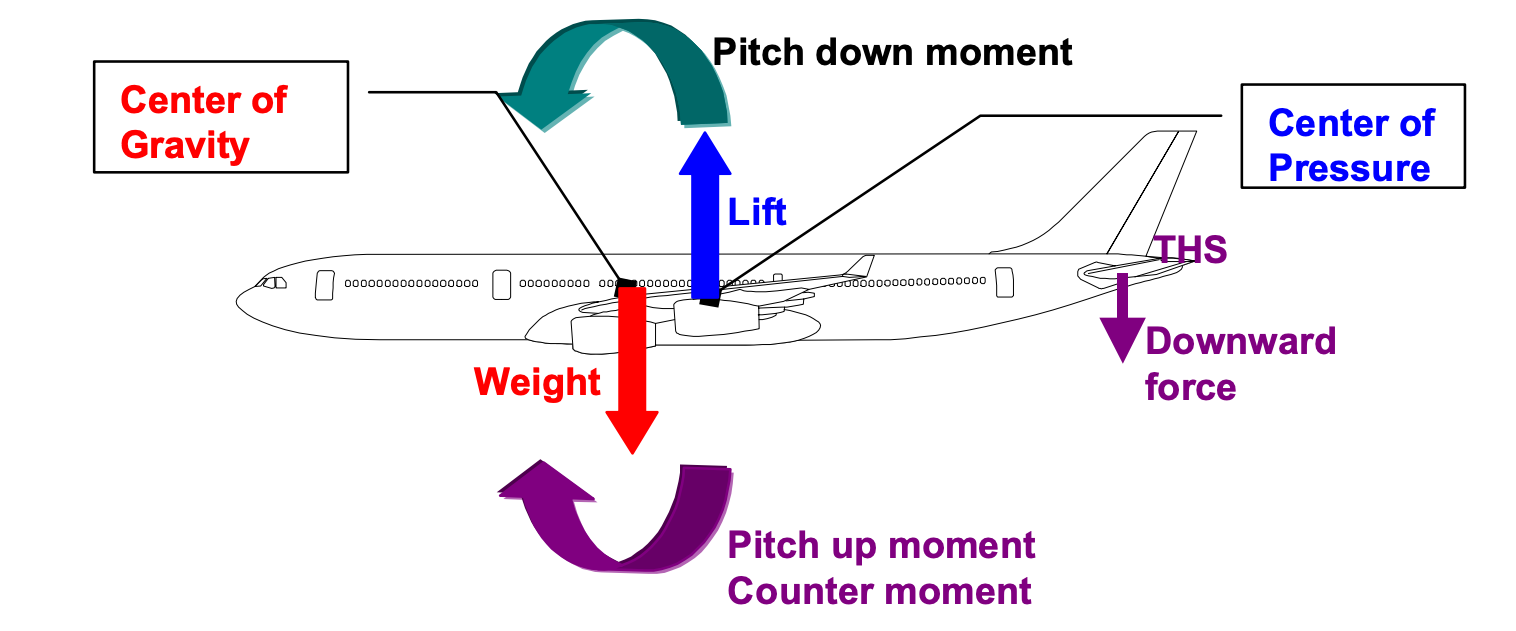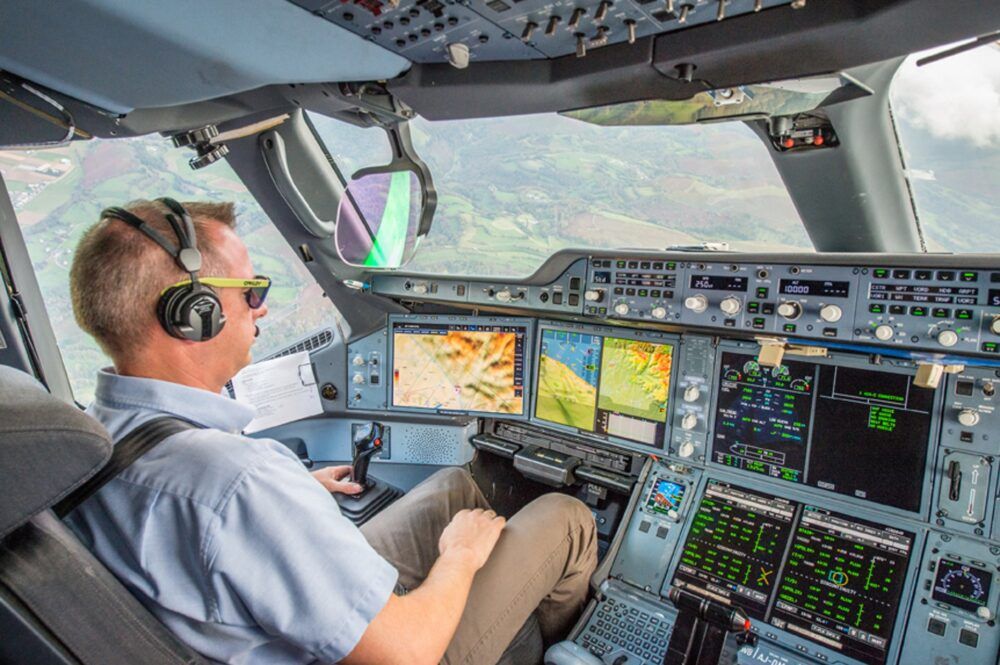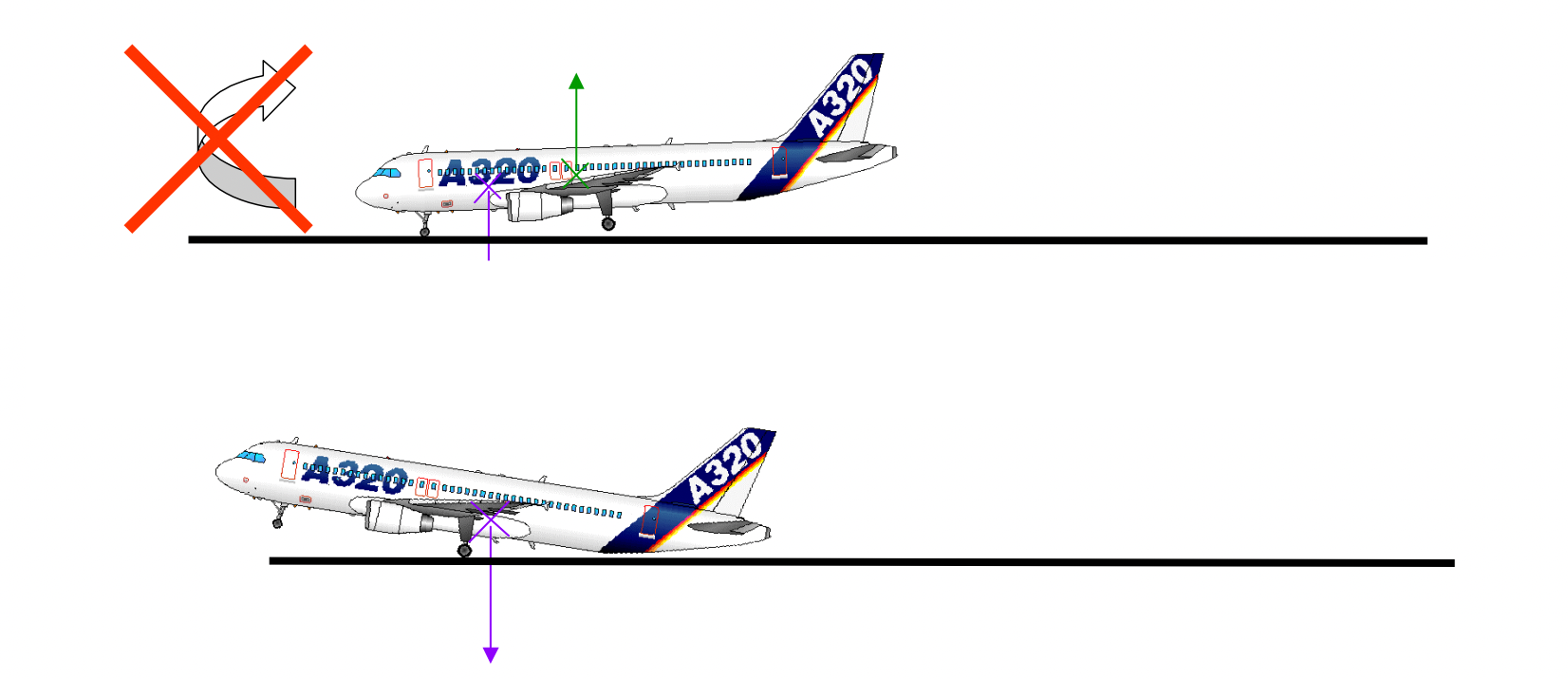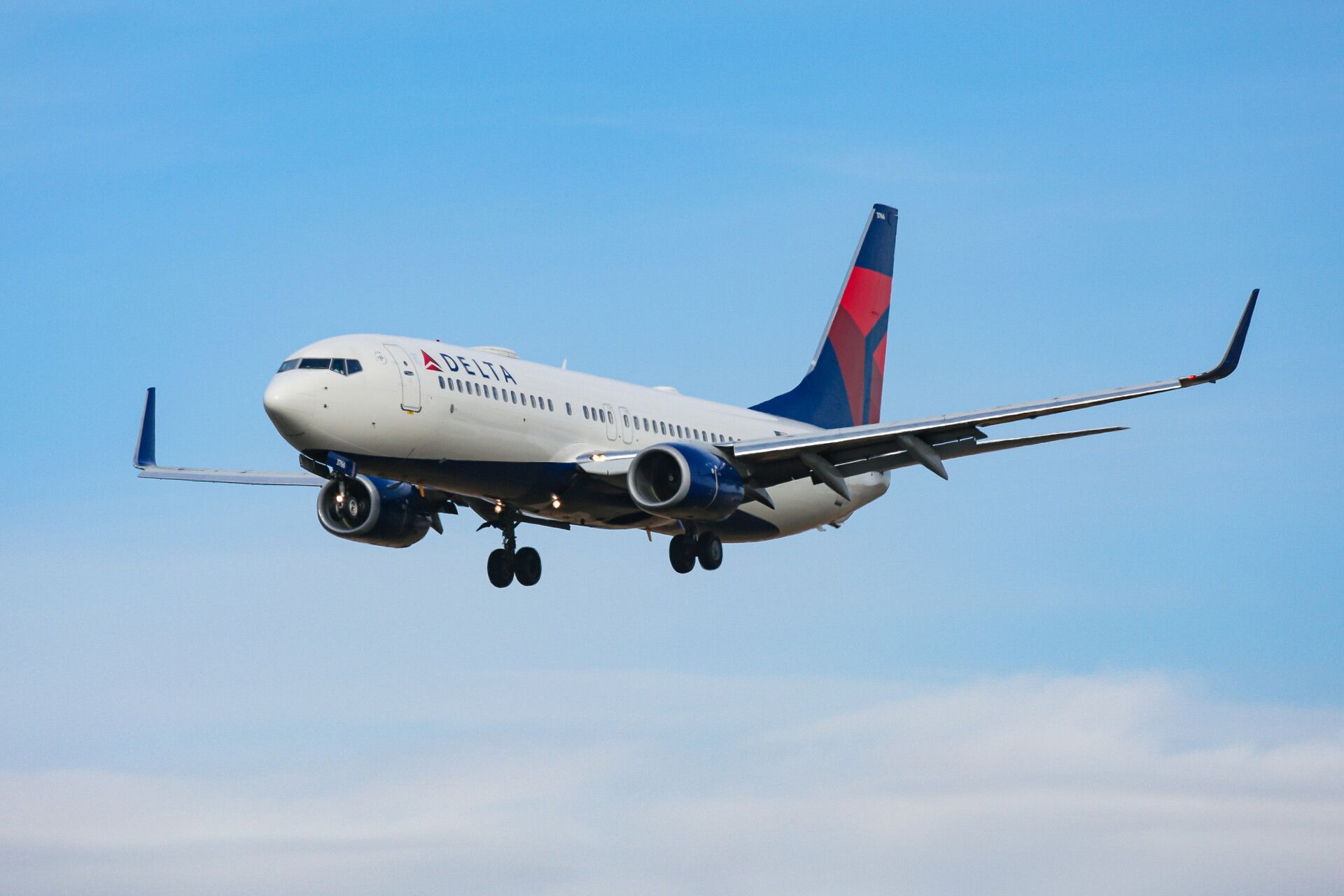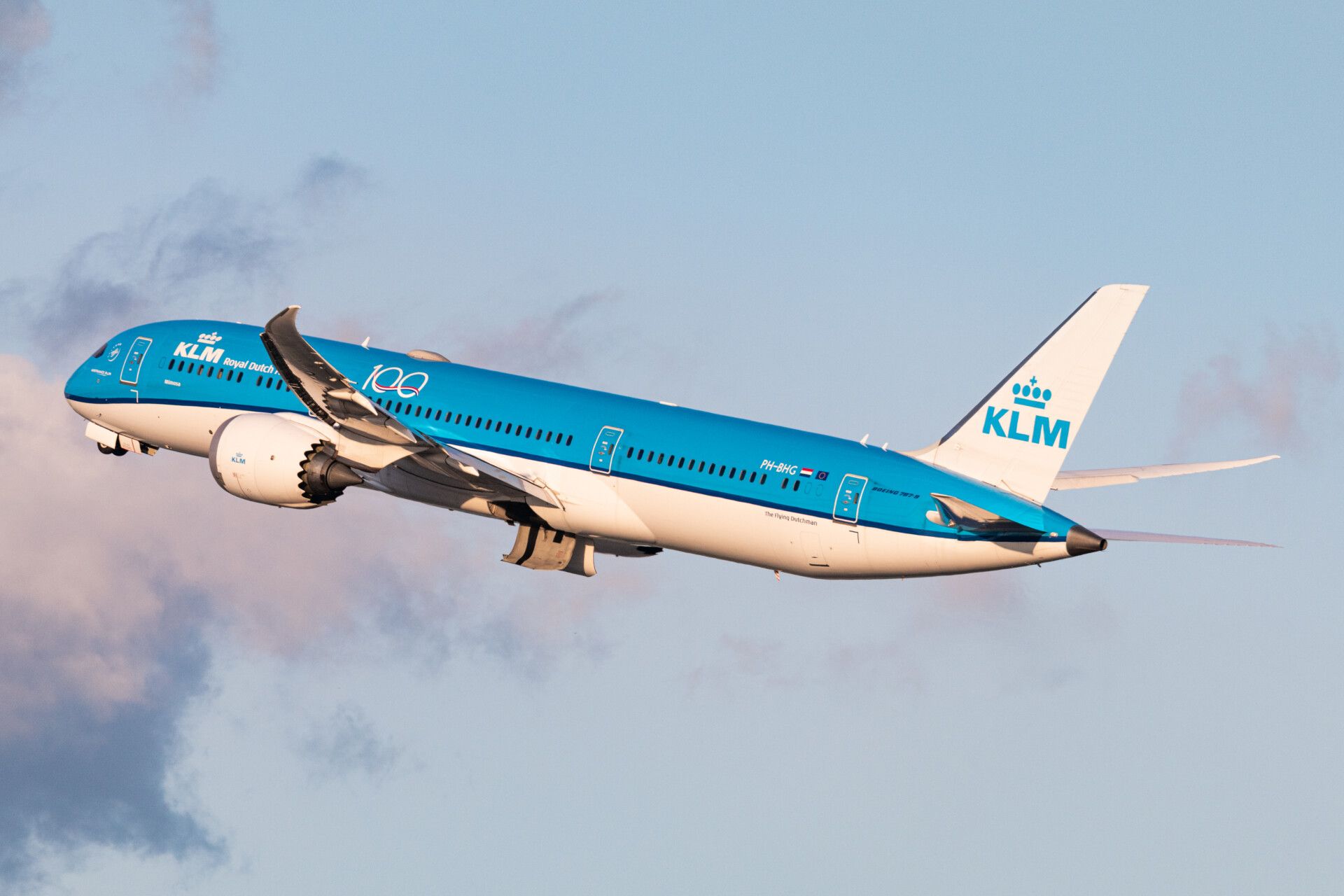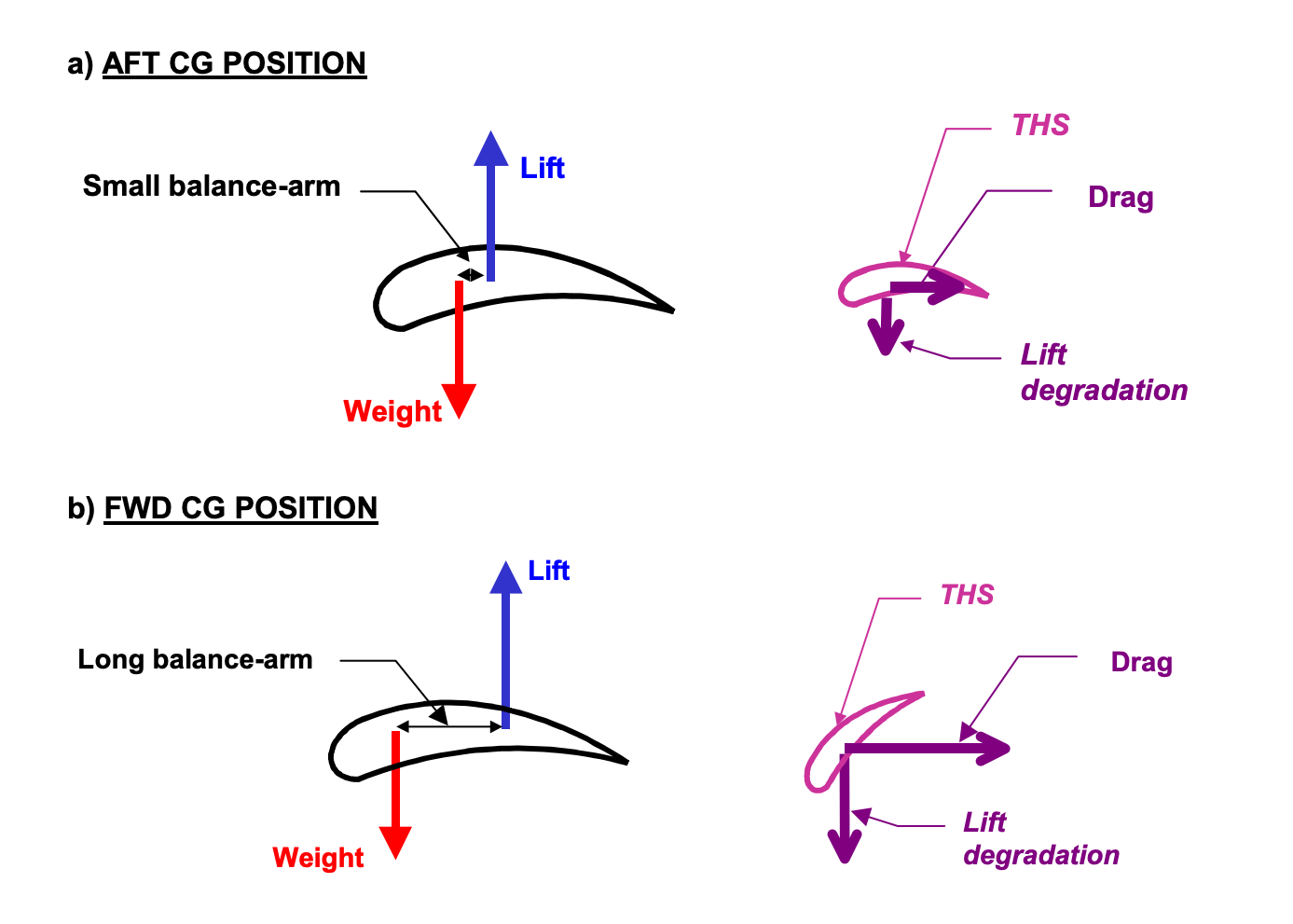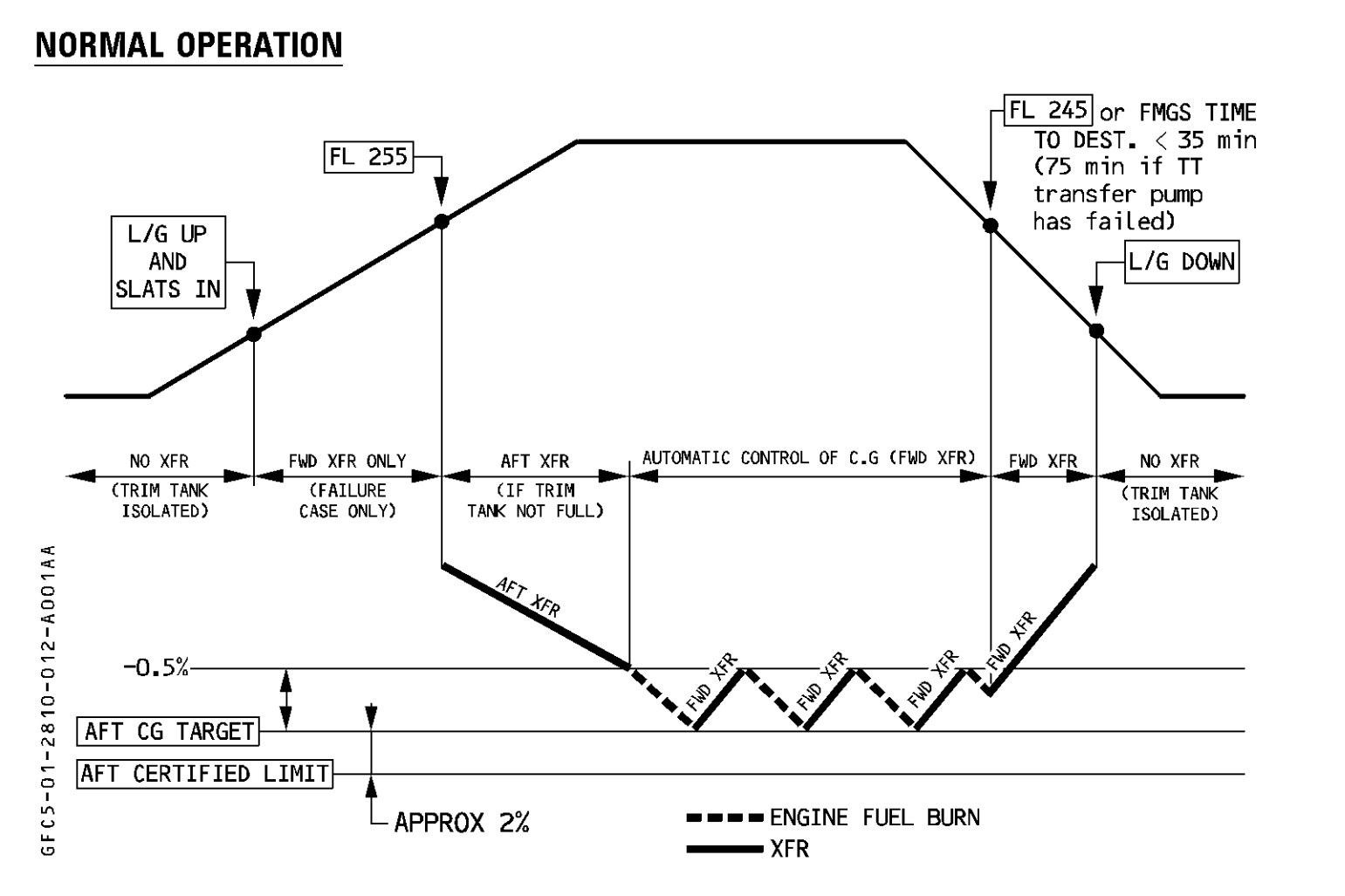Pilots and other crew often talk about aircraft weight and balance, but the significance of these two important elements is not widely understood. In aircraft operations, these two components are intrinsically connected, because the weight and its distribution affects the balance of the aircraft.
An aircraft can be thought of as a giant seesaw. Just like a seesaw, the airplane can tilt up or down based on how the weight is spread out.
The aircraft Center of Gravity (CG) and the forces acting on an aircraft
Center of Gravity (CG)
The Center of Gravity, or CG for short, is the point on an aircraft where all its weight is concentrated. It is important because all the other forces occurring on an aircraft act through this CG. So, the position of the CG determines the effect of these forces on an aircraft.
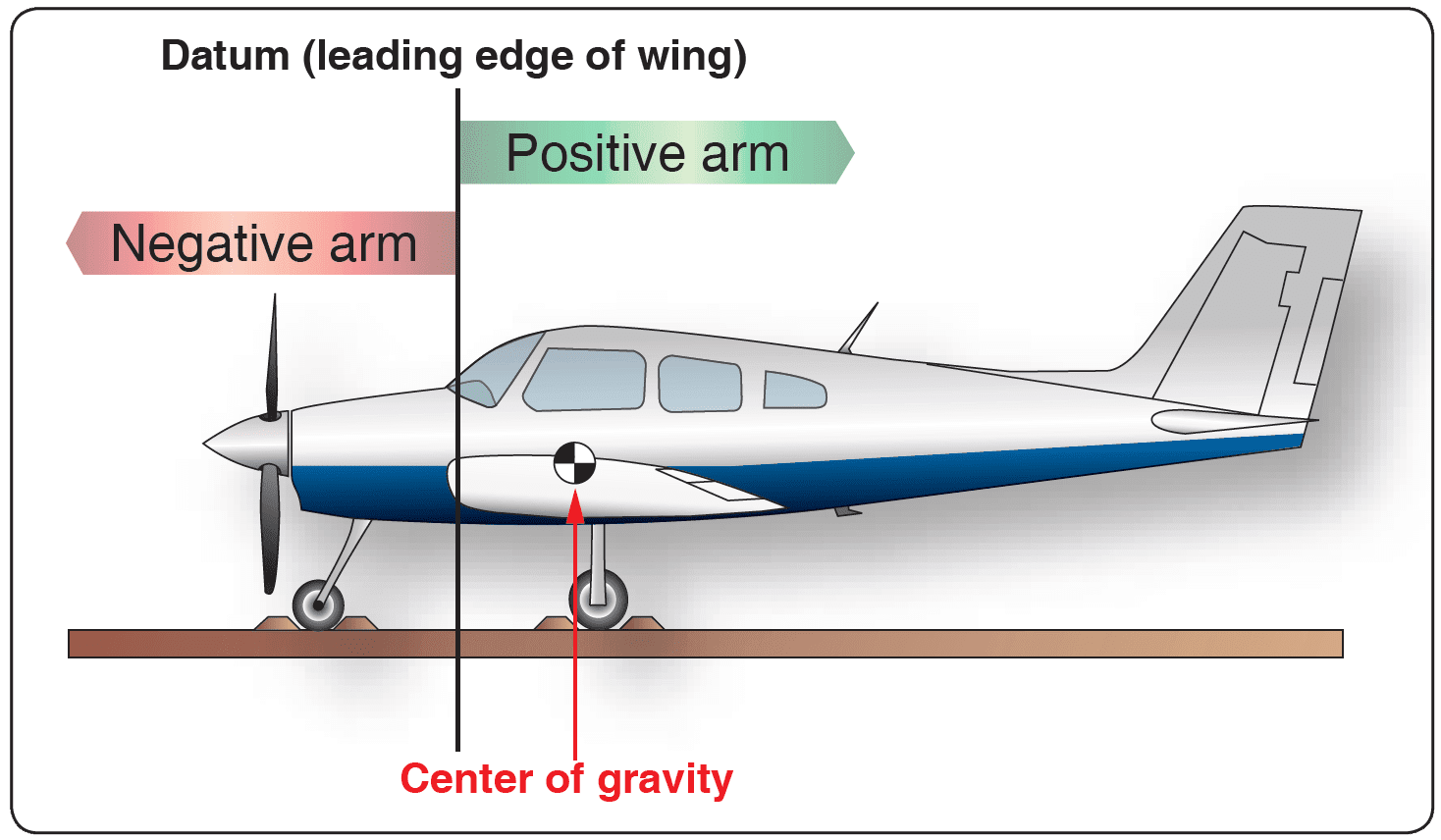 Forces acting on aircraft
Forces acting on aircraft
When in level, unaccelerated flight, there are four main forces that act on an aircraft. These forces are the lift, weight, thrust, and drag. For an aircraft to remain in equilibrium, these forces must be in balance.
The diagram below shows these forces labeled on an aircraft. The weight acts through the aircraft CG and the lift is generated by the wing. For explanation purposes, it can be considered as acting through the wing aerodynamic center (the point where the moment generated by lift force remains constant), thrust, which is generated by the engines, and the drag, which opposes the thrust.
In the real world, these forces cannot remain in balance. If you have a closer look, you will be able to see that the lift occurs at a certain distance from the CG. This means the lift force with the weight generates a pitch-down moment (clockwise). This is called the lift-weight couple. Also, the thrust acts below the CG, and at the same time, the drag is above the CG. This creates a pitch-up moment (anticlockwise). This couple is known as the thrust-drag couple. In most aircraft, the lift-weight couple is many times stronger than the thrust-weight couple. So, the net moment is a strong pitch-down moment.
A good question to ask at this point is that if lift-weight couple generates this very large pitch-down moment, how does an aircraft fly straight and level? This is where the tail of the aircraft comes into the picture. The horizontal stabilizer of the aircraft is designed to generate negative lift (in almost all commercial airliners). This negative lift, which acts downwards, acts through the CG generating an anticlockwise moment to oppose the lift-weight moment. Thus, the horizontal stabilizer must be trimmed by the pilot such that the force generated by it is enough to keep the nose of the aircraft pointing up.
As you can now imagine, any movement in CG will affect the aircraft's balance. For example, if it were to move forward, the distance between lift force and CG increases, which in turn increases the strength of the nose down pitch moment. This requires the pilot to manipulate the horizontal stabilizer a lot more to generate a large enough opposing force to keep the aircraft straight and level. Similarly, if the CG is moved back or aft, the nose-down pitching moment reduces, and less drag must be generated by the horizontal stabilizer.
It should also be noted that the further back the CG (more aft), the less stable the aircraft is. That is, it becomes twitchier. The pilot must constantly move the controls to keep the aircraft on the correct trajectory. In the opposite case, the more forward the location of the CG, the more stable the aircraft is. It becomes more nose-heavy due to the strong lift-weight moment. In this case, the aircraft is less twitchy, and the pilot is required to put less effort into controlling the aircraft.
So, the location of the CG must be such that the aircraft remains stable, but at the same time, it must be also controllable with less effort. Consequently, it is a compromise between these two very important factors.
How the CG is controlled during takeoff, cruise and landing
Takeoff
The location of the CG during takeoff must take into several factors.
The nose gear adherence
The nose wheel of an aircraft is what steers it during the initial parts of the takeoff, where the rudder is not effective due to the lack of airflow. During this period, the nose wheel steering must be able to fully control the aircraft. The more load that is placed on the nose wheel, the more it sticks to the ground and the more effective it becomes. Hence, the CG must be at a location where there is enough load placed on the nose wheel. If it is too far back, the nose may lift off early or may not be able to provide steering for the pilot, leading to a dangerous situation.
The handling during the rotation
As previously discussed, the more forward the CG, the more effort is required to control the aircraft. So, if the CG is too forward, the pilot might have a difficult time getting the aircraft airborne.
Similarly, if the CG is too aft, a lower effort is required to control the aircraft. In this case, the pilot might overcontrol the aircraft leading to a tail strike.
Therefore, the CG must be at an optimum location where the aircraft has good control characteristics while maintaining acceptable stability.
Cruise
During the cruise portion of the flight, as mentioned and explained in detail in the earlier paragraphs, the aircraft is balanced with the help of the force generated by the horizontal stabilizer. Here, we are going to look in more detail at what happens when the CG moves.
Imagine an aircraft flying straight and level, and a sudden gust causes it to pitch up. Previously, we saw that the lift acts behind the CG. So, when the gust generates an angle of attack on the wing, the lift force increases, and it generates a nose-down moment opposing the gust. This happens without any input from the pilot.
This is known as longitudinal static stability. It happens because when the gust tried to force the aircraft nose up, the lift opposed the gust and helped the pilot to return the aircraft to equilibrium. It shows that the aircraft is stable in pitch axis.
In the previous paragraphs, I also mentioned something called an aerodynamic center. This is the point on the wing where the moment generated by it remains constant. What this means is even if the lift force increases by a huge margin through the aerodynamic center, the pitching moment remains the same. For explanation purposes, lift is considered to act through the aerodynamic center to make it easier to understand.
So, in cruise what happens when CG is moved? Ultimately the result is the same. The more forward the CG, the more stable the aircraft, and the further back it is, the less stable the aircraft becomes.
However, there is a point where if CG is moved too far back, the moment generated by the lift also leads to an unstable pitch-up condition. This occurs when CG goes behind the wing aerodynamic center. When the CG is exactly at the aerodynamic center, the lift can no longer generate a moment because there is no arm for it to do so. So, it is neutral in terms of moments.
For this reason, it is known as the neutral point. Once the CG moves behind the neutral point, the lift force generates a pitch-up, anticlockwise moment. In this condition, if a gust were to attack an aircraft, it would go into a nose up, highly unstable state.
The conclusion is, in cruise, to ensure stable flight, the CG must never go behind the neutral point.
Landing
During landing, there are two main factors to consider. One is that on final approach to landing, the flaps are lowered. This usually generates a net pitch-down moment. This moment must be then countered by the horizontal stabilizer. As with takeoff, a forward CG increases the magnitude of the nose down pitch moment, which requires a higher downward lift from the horizontal stabilizer.
As the stabilizer itself is a control surface with a limited amount of movement, a point may be reached where it can no longer counter the pitch-down moment and enter a tail stall. Thus, the CG must not be too forward.
Also, an important factor to consider during the landing is a go-around. In a go-around, the engines are pushed to their maximum. And as most airplanes have underslung engines, this itself generates a nose-up pitch moment. If the CG is too back or aft, it can
lead to a larger nose-up pitch effect. So, the CG must not be too aft to ensure that the aircraft's nose does not keep on rising to the point where the pilot loses control of the pitch attitude.
The relationship between the CG and fuel burn
In long-range aircraft, during cruise, the CG moves mainly due to fuel burn. This affects fuel consumption.
When the CG is aft, the negative lift that is required to be generated by the horizontal tail decreases. The opposite is true for forward CG. The lift generates induced drag, and thus the more the drag, the more the fuel burn.
So, during flight, if the CG can be kept at its optimum aft position, fuel can be saved in a long-range flight. To do this, in some aircraft there is a trim tank. This trim tank is filled up with fuel, and it is usually located inside the horizontal stabilizer. When the fuel in the wing tanks burns, the CG moves aft. This is sensed by the onboard computers, and a command is sent to move fuel from the trim tank to the wing tanks - this keeps the CG at an optimum position.
The picture below shows the scheduling of fuel transfer from the trim tank to the wing tanks in an Airbus A330 during a typical flight.

